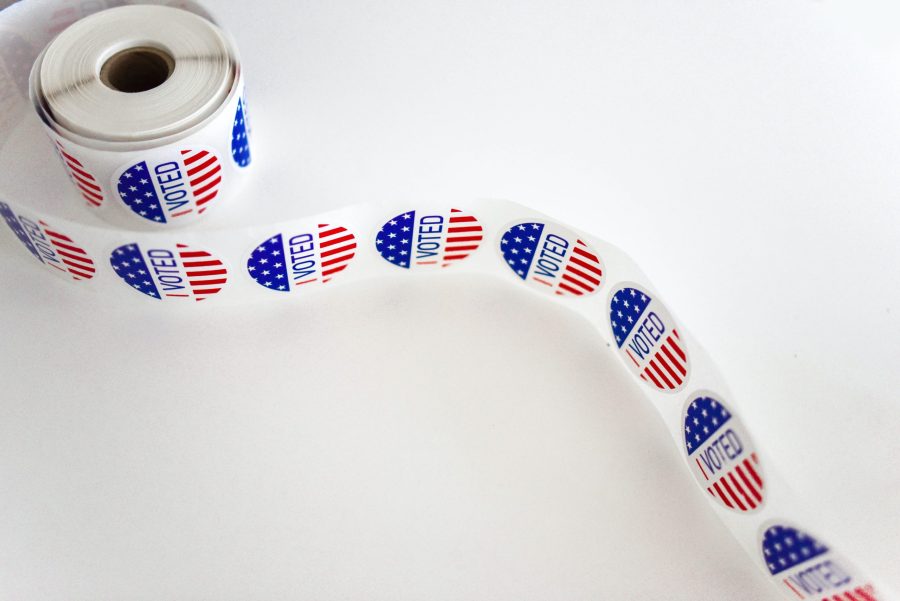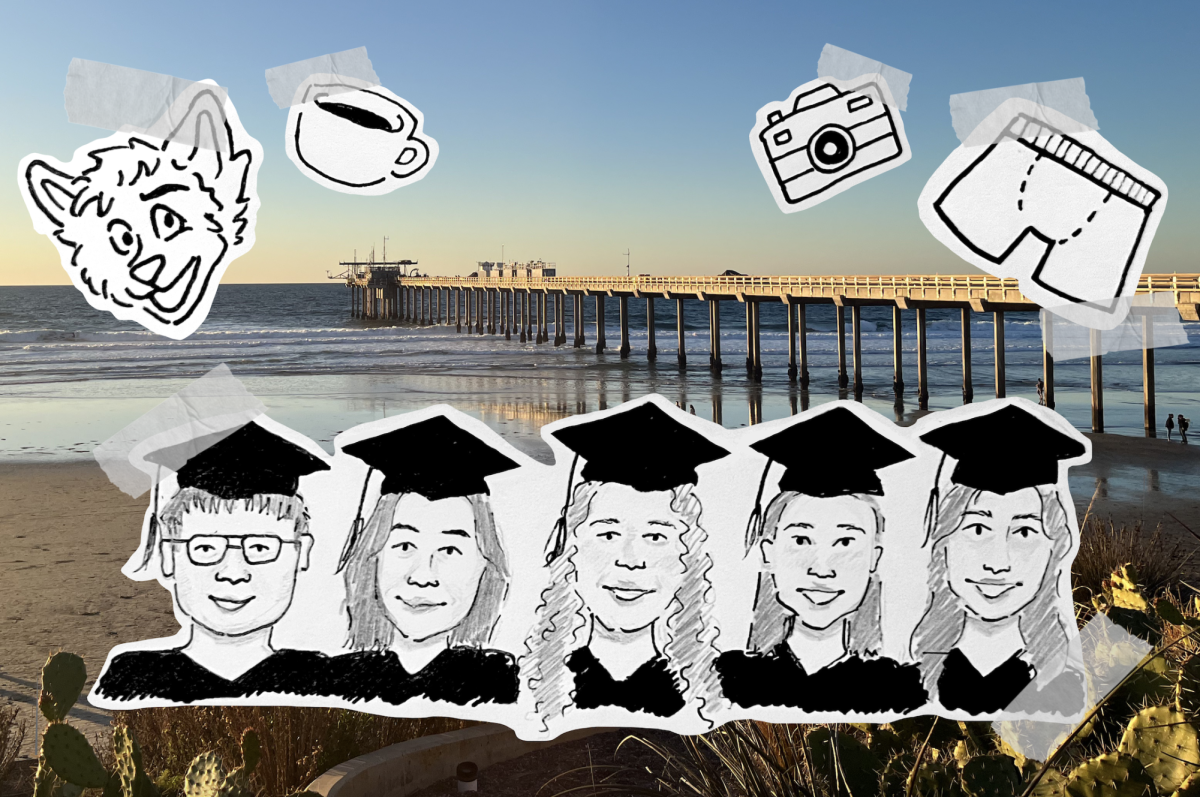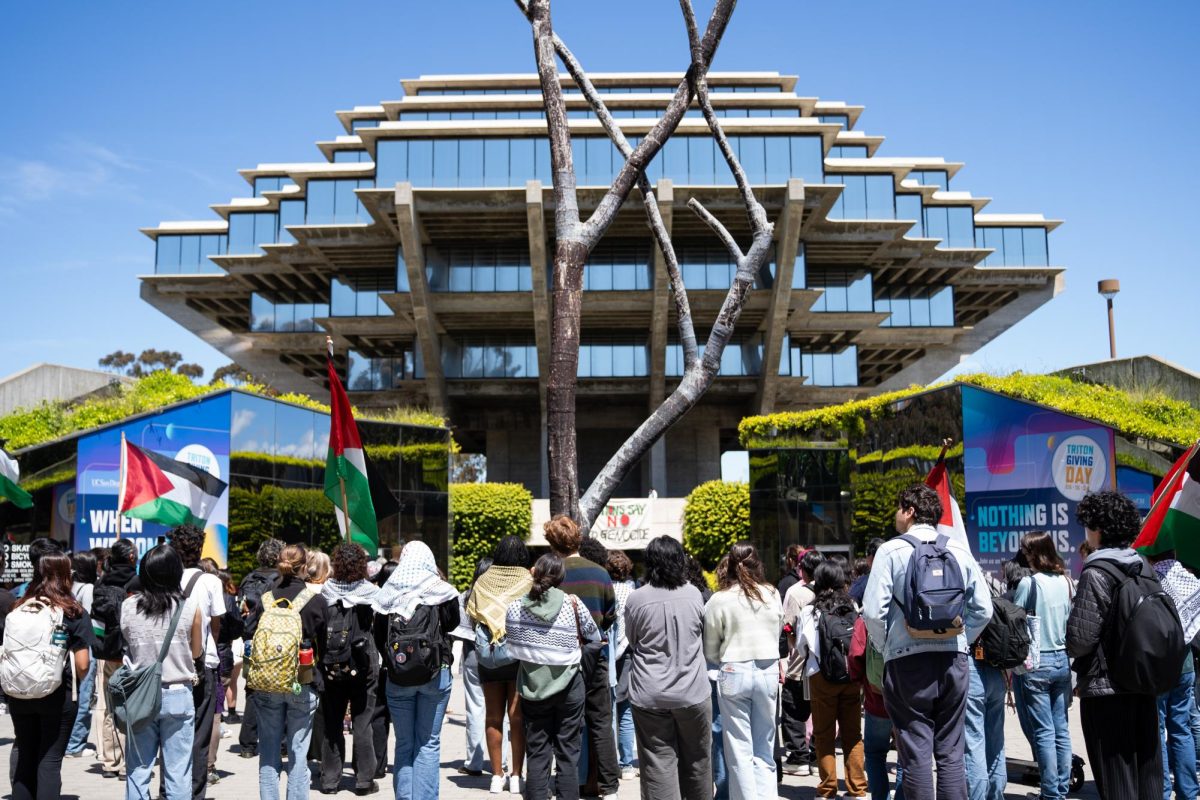In a step that reinforces the administration’s reputation of shutting down student spaces, such as the Che Cafe, Graffiti Hall and Porter’s Pub, the University Art Gallery will soon be closed. The Ed Board laments the loss of yet another artistic venue for freedom of expression.
Our University Art Gallery is closing. Campus officials continue to deny this statement and assert that it will instead be “placed on hold.” However, come July, the UAG will be without a staff, without open doors and without art — it will be closed. Only administrative higher-ups hoping to save face and prevent campuswide outcry refuse to admit this.Sure, it might reopen one day. But so might Graffiti Hall, the Che Cafe and Porter’s Pub. Our campus leaders continue to devalue and eradicate UCSD’s most prominent spaces of free and creative expression — which really belong to the students, their financial sponsors. And this is happening very quietly. Other than an exclusive email sent to visual arts department faculty and Dean Cristina Della Coletta’s diatribe at the opening of the UAG’s most recent exhibit, the administration has remained silent about this topic and successfully kept it out of campus consciousness.
This pattern of minimal administrative transparency is troubling whether you care about the UAG or not because it illustrates the university’s complete lack of interest in student opinion, especially if it conflicts with its interests. By refusing to admit the gallery is closing, the administration has finally found an effective way to silence student outrage over the closure of our spaces: If we don’t know it’s happening, it can quietly shut the gallery over the summer. Furthermore, the fact that this is happening to a facility solely dedicated to fine arts — a discipline whose primary purpose, arguably, is to critique — confirms the administration’s total apathy toward the student body’s voice.
If this trend persists, UCSD will be the pinnacle of oxymorons — an educational institution without internal critique. And it will be alone in this regard, as the only UC campus without an art gallery. Some campuses even have their own full museums devoted to art. Why are we the only campus with this problem? What is it about UCSD — its administration, students and culture — that continues to allow these expression-halting events to happen?
Some will answer these questions by pointing to our university’s scientific, “research-oriented” goals. Though this is true about UCSD, it is true of UC system as a whole. Yet the other campuses maintain the value of art; they keep their galleries open. Our alma mater, though, has an entirely different agenda altogether.
Art does not generate as much profit as research, and it does not do anything to strengthen the campus’ standing in terms of practicality or the earning power of its vaunted STEM degrees. Therefore, from the university’s perspective, these art spaces are unnecessary and ultimately a financial burden. If the UAG charged for admission or attached a donor’s name to it, there would be no cause to shut it down. Like our expansive and profitable music or theater district, it would be respected and admired. Since the gallery kept most of its exhibits free for students and relied on the university for funding, it is now being closed indefinitely. And as the administrators roll around gleefully in the piles of cash that they’ll save from closing the gallery, all of those who fought for our right to freedom of expression roll around desperately in their graves.
Students must then decide for themselves whether they want UCSD to be a business — which it currently seems to be — or a university. When choosing the latter, they must be loud and direct about it. Administrators won’t listen to students if they can’t hear them. Once they can, they will have the proper incentive to act accordingly. The recent approval of the two-year UC tuition freeze in response to student outrage and action is real-life proof of this philosophy. Though students have begun to send emails of disapproval to both the division of arts and humanities and the visual arts department, the majority of them are visual arts majors themselves — a campus minority. In order to convince the university that UCSD’s student body truly cares about the UAG and institutions like it, admins will need to hear this from engineering majors, economics majors, history majors and students from all fields of study. Only then will administrators feel pressured to act.
Furthermore, students must communicate with their leaders and, even more importantly, with their peers about why we need the gallery and, essentially, why art is important — a gruelingly difficult task. We need not abandon our arts in pursuit of science. By helping others to understand the benefits, both cultural and practical, of keeping our University Art Gallery open, we can change the minds of individuals and, in turn, reverse the unrelenting tide of an apathetic system hell-bent on steamrolling over the humanities.

















